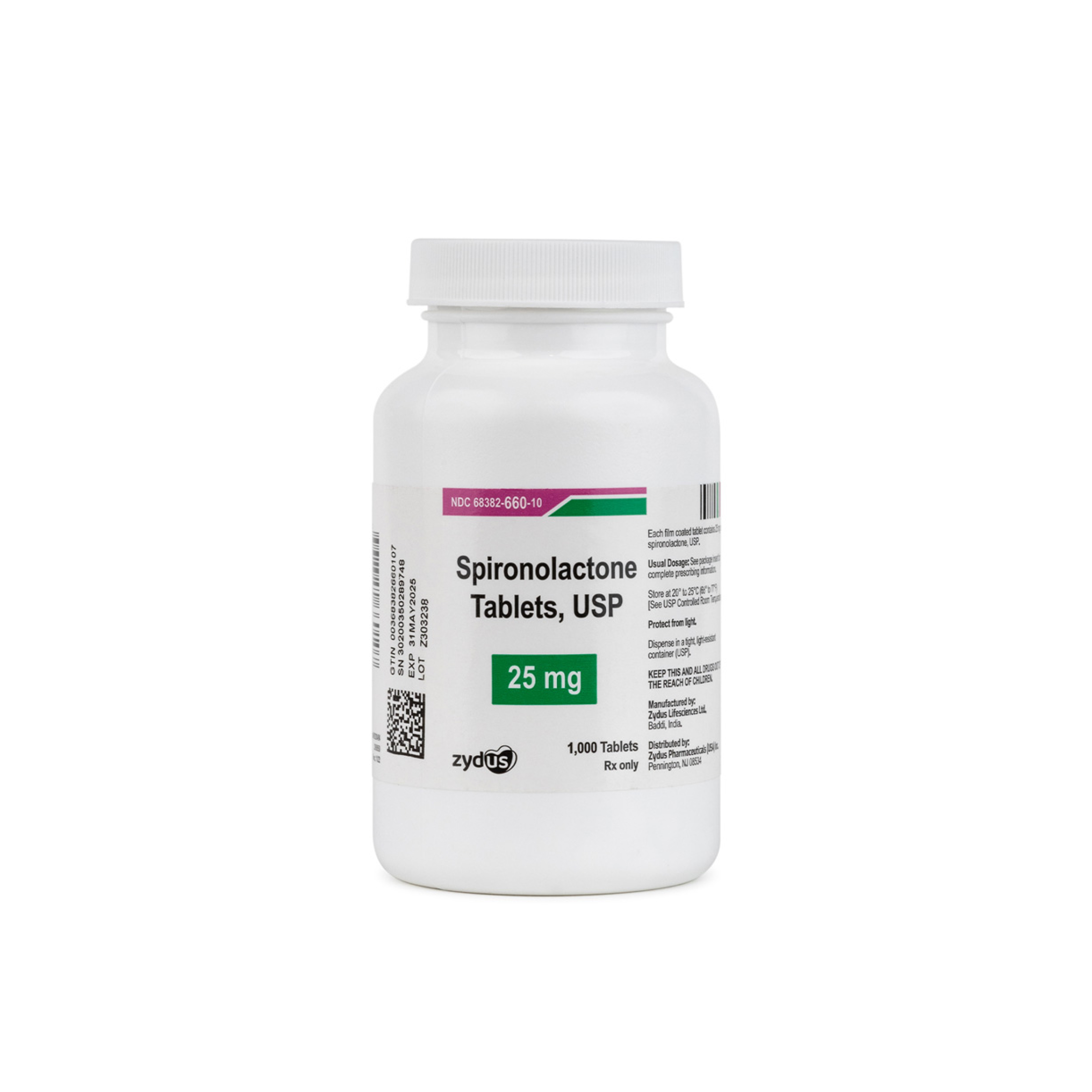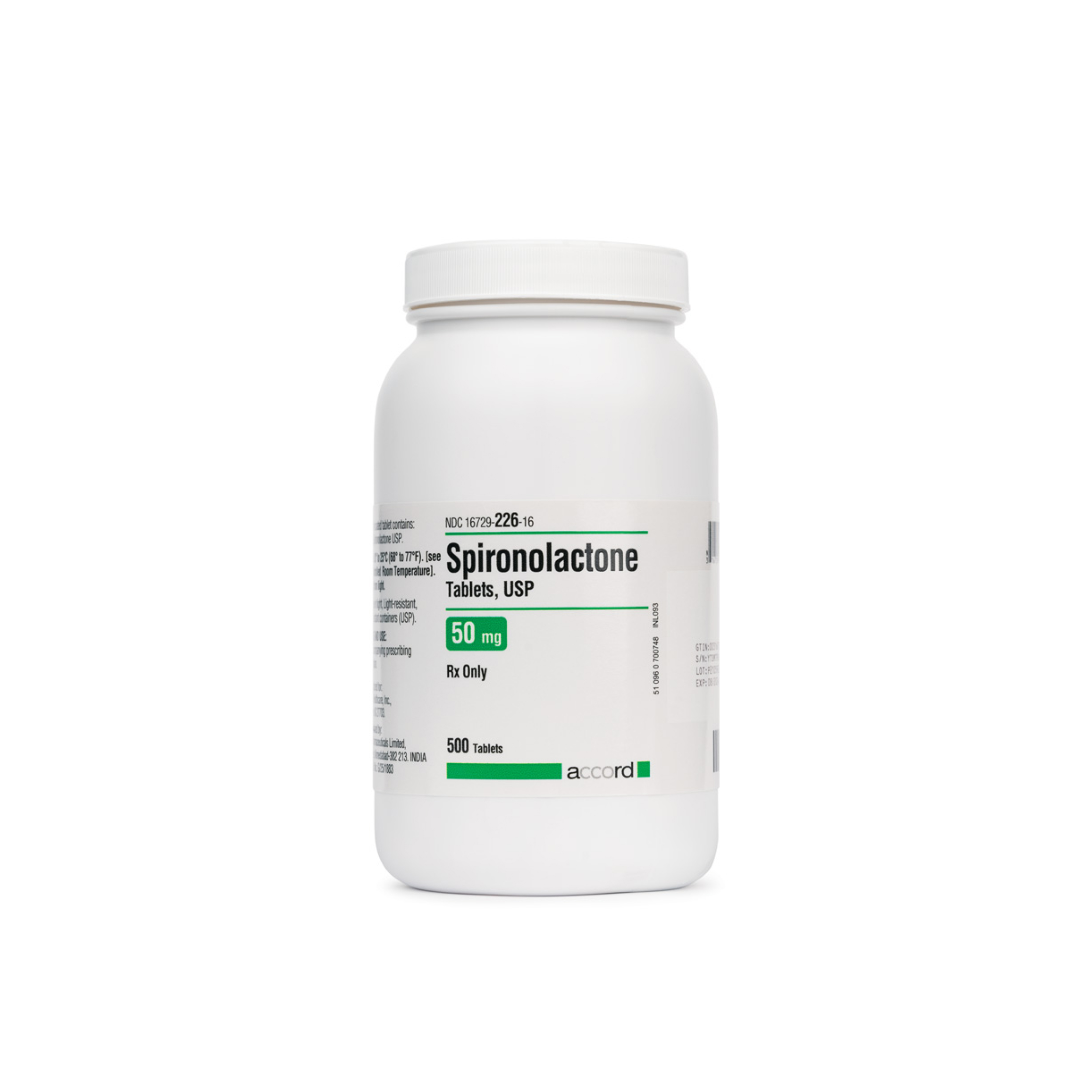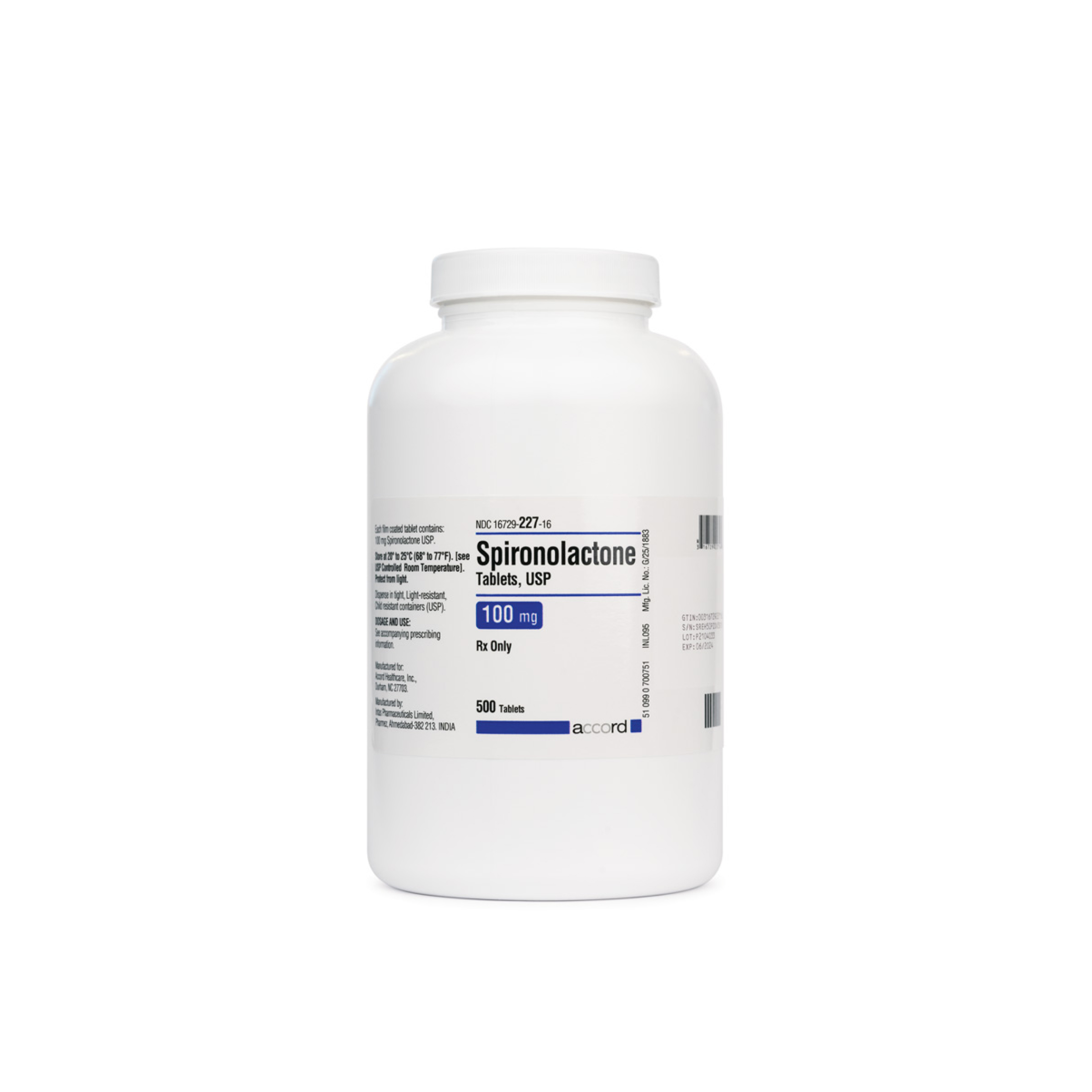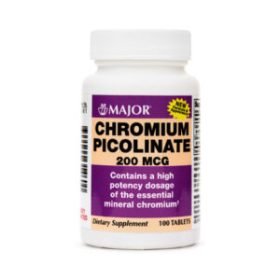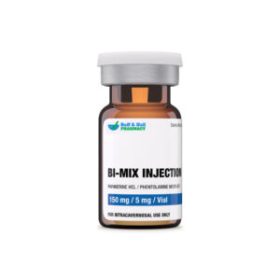Spironolactone Tablet (Each) †
† commercial product
Spironolactone is a potassium-sparing diuretic and a mineralocorticoid (aldosterone) receptor antagonist. It is used in the treatment of:
Hypertension (High Blood Pressure)
Heart Failure (especially with reduced ejection fraction)
Edema associated with liver cirrhosis or nephrotic syndrome
Primary hyperaldosteronism
Hirsutism, acne, and polycystic ovary syndrome (PCOS) in women (off-label use)
Resistant hypertension or hypokalemia (low potassium)
It is available as oral tablets in strengths like 25 mg, 50 mg, and 100 mg.
Spironolactone works by:
Blocking aldosterone receptors in the distal renal tubules.
Inhibiting sodium reabsorption and potassium excretion.
Causing natriuresis (sodium loss in urine) and potassium retention.
Leads to:
Mild diuretic effect
Lower blood pressure
Reduced fluid overload
Additionally:
In conditions like heart failure, spironolactone reduces myocardial fibrosis and ventricular remodeling.
In androgen-sensitive conditions (e.g., acne, hirsutism), it acts as a weak anti-androgen by blocking androgen receptors.
Contraindications:
Hyperkalemia (high potassium levels)
Addison’s disease (chronic adrenal insufficiency)
Anuria (absence of urine production)
Known hypersensitivity to spironolactone
Severe renal impairment (eGFR <30 mL/min/1.73m²)
Precautions:
Renal function must be monitored closely, especially in elderly or those on ACE inhibitors/ARBs.
Monitor potassium levels regularly to avoid life-threatening hyperkalemia.
Caution in patients with:
Diabetes mellitus
Liver disease
Electrolyte imbalances
May cause gynecomastia in males with prolonged use
Avoid potassium-rich diets or potassium supplements unless prescribed
Adverse Reactions / Side Effects
Common Side Effects:
Hyperkalemia
Dizziness, headache
Gastrointestinal upset (nausea, vomiting, diarrhea)
Breast tenderness
Endocrine-related Effects:
Gynecomastia in men
Menstrual irregularities in women
Impotence, decreased libido
Serious Adverse Effects:
Severe hyperkalemia → cardiac arrhythmias
Renal impairment
Rare: Stevens-Johnson syndrome, drug rash with eosinophilia (DRESS)
Pregnancy:
- Category C (U.S. FDA):
Animal studies show adverse effects, but no adequate human studies
Breastfeeding:
- Spironolactone is excreted in breast milk in small amounts
- Considered compatible with breastfeeding by some sources, but monitor infant for signs of dehydration or electrolyte imbalance
Store this medication in its original container at 68°F to 77°F (20°C to 25°C) and away from heat, moisture and light. Keep all medicine out of the reach of children. Throw away any unused medicine after the beyond use date. Do not flush unused medications or pour down a sink or drain.
- Pitt B, Zannad F, Remme WJ. The effect of spironolactone on morbidity and mortality in patients with severe heart failure. N Engl J Med 1999;341:709-717.
- Aldactone (spironolactone) package insert. New York, NY: G.D. Searle LLC Division of Pfizer Inc.; 2020 Jun.
- van der Vorst MMJ, Kist JE, van der Heijden AJ, et al. Diuretics in pediatrics: current knowledge and future prospects. Paediatr Drugs 2006: 8(4); 245-64.
- Karim A. Spironolactone: disposition, metabolism, pharmacodynamics, and bioavailability. Drug Metab Rev 1978;8:151-88.
- Carospir (spironolactone) oral suspension package insert. Farmville, NC: CMP Pharma, Inc.;2021 Jun.
- Bornstein SR, Allolio B, Arlt W, et al. Diagnosis and treatment of primary adrenal insufficiency: an Endocrine Society clinical practice guideline. J Clin Endocrinol Metab. 2016;101:364-389.
- Esposito D, Pasquali D, Johannsson G. Primary adrenal insufficiency: managing mineralocorticoid replacement therapy. J Clin Endocrinol Metab. 2018;103:376-387.
- Inder WJ, Meyer C, Hunt PJ. Management of hypertension and heart failure in patients with Addison’s disease. Clin Endocrinol. 2015;82:789-792.
- Hunt SA, Abraham WT, Chin MH, et al. 2009 Focused Update Incorporated into the ACC/AHA 2005 Guidelines for the Diagnosis and Management of Heart Failure in Adults. Circulation 2009;119:e391-e479.
- American Academy of Pediatrics (AAP) Committee on Drugs. Transfer of drugs and other chemicals into human milk. Pediatrics 2001;108(3):776-789.

